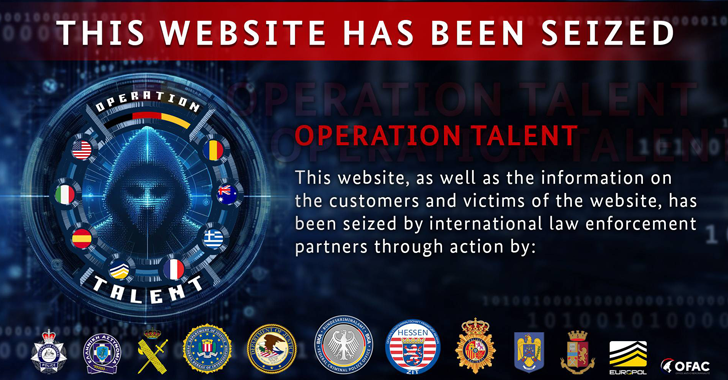
Wavestone has released its latest CISO Radar 2025, a comprehensive report outlining the key cybersecurity trends that Chief Information Security Officers (CISOs) will face in the coming year. According to the analysis, cybersecurity is entering a new phase, marked by the conclusion of strategic cycles, mounting budget pressures, and the imperative to rationalize resources. Despite a slowdown in investment, the threat landscape continues to expand, compelling organizations to reassess their approach to IT security.
The CISO Radar 2025 serves as a strategic guide, highlighting the three primary drivers shaping the evolution of cybersecurity and resilience: process optimization, risk management, and regulatory compliance.
A key priority will be simplification and standardization. Organizations that have rapidly scaled their cybersecurity defenses now face redundant tools, overlapping functionalities, and increasing cost control challenges. Unifying security practices and eliminating inefficiencies will enhance operational effectiveness while reducing expenditure.
Workforce optimization will also be a pressing concern. Amid a persistent talent shortage, organizations must strike a balance between expertise and cost efficiency. Common strategies include local hiring, nearshoring (leveraging talent from neighboring regions), and offshoring routine security operations to specialized centers.
In 2025, cybersecurity leaders will need to justify their budgets with a stronger emphasis on financial risk assessment. By quantifying potential threats and their financial impact, CISOs can prioritize investments more effectively while securing executive buy-in and enhancing employee awareness.
As cybercriminals increasingly target small subsidiaries and supply chain partners, organizations must strengthen security across their entire ecosystem. Special attention is being placed on cloud infrastructures, DevSecOps practices, and Zero Trust architectures. Geopolitical instability further complicates the standardization of security frameworks, necessitating more agile risk management strategies.
Regulatory scrutiny continues to escalate, with new legislation in the U.S. and Europe imposing stricter compliance obligations across multiple industries. Beyond mere compliance, companies are urged to leverage these regulatory frameworks as strategic enablers, using them to enhance security posture and streamline business operations.
Identity and Access Management (IAM) is emerging as a primary attack vector, prompting organizations to reassess the security of their authentication systems. Critical measures include rigorous platform audits, privileged account management, and securing application access controls.
At the same time, artificial intelligence is becoming a double-edged sword—exploited by both attackers and defenders. While AI-driven security tools offer greater automation and faster threat detection, they also introduce new attack surfaces, requiring strict oversight to mitigate potential risks.
In a rapidly evolving threat landscape, organizations must develop long-term cybersecurity strategies, adapting to emerging risks while efficiently allocating resources. In 2025, the role of the CISO will be more critical than ever, solidifying their position as strategic leaders in digital security.


